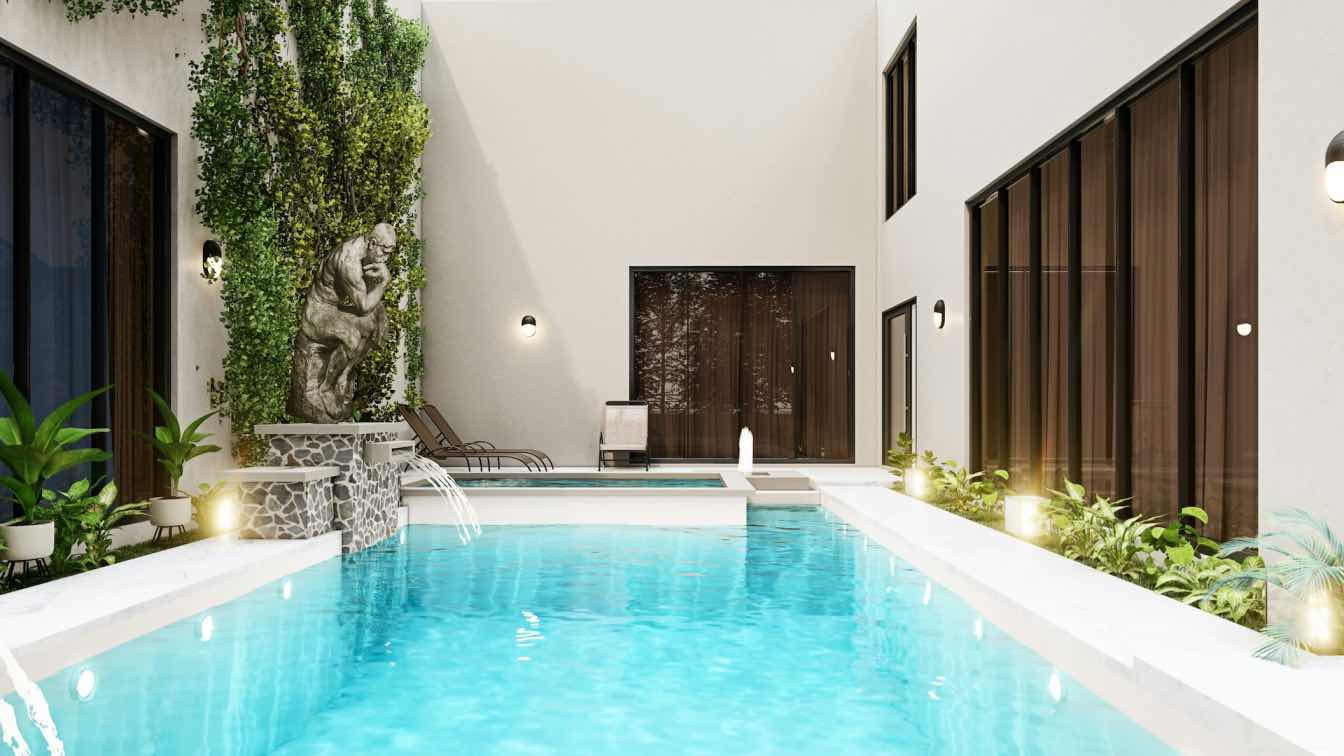When it comes to creating a cozy and inviting atmosphere in your home, few elements compare to the timeless allure of a fireplace. A well-designed fireplace not only provides warmth but also serves as a focal point, adding character and charm to any space. Whether you're building a new fireplace or giving an existing one a makeover, there are several design aspects to consider. In this guide, we'll explore essential design tips to help you create the perfect fireplace at home, from selecting the right materials to enhancing its overall aesthetic.
Choosing the Right Location
The first step in creating the perfect fireplace is selecting the ideal location. The placement of your fireplace can significantly impact the overall feel and functionality of the space. Consider the room's layout and how the fireplace will fit into it. A central placement can make it a stunning focal point, while a corner fireplace can save space and create a cozy nook. It's crucial to consult with a professional to ensure your chosen location aligns with safety regulations and the structural integrity of your home.
Opt for a Style that Complements Your Home
Fireplaces come in a variety of styles, from traditional to modern, rustic to minimalist. To create a harmonious look, choose a style that complements the overall aesthetic of your home. For example, if you have a contemporary interior, a sleek, linear fireplace may be the perfect choice. On the other hand, a traditional home can benefit from a fireplace with classic molding and intricate details. The goal is to create a seamless blend between the fireplace and the room's design.
Selecting the Right Fireplace Material
The material you choose for your fireplace plays a crucial role in both its aesthetics and functionality. Popular options include brick, stone, tile, and wood. Each material has its unique appeal. For a timeless and versatile look, consider a stone fireplace. If you prefer a more rustic ambiance, reclaimed wood can add warmth and character. Your choice of material should align with your design style and the overall theme of the room.
Fireplace Tile Surround: Elevating Aesthetics
One of the most effective ways to enhance the aesthetics of your fireplace is by using a fireplace tile surround. These tiles come in a wide range of colors, patterns, and textures, allowing you to customize the look of your fireplace to suit your style. Whether you opt for classic subway tiles, intricate mosaic patterns, or bold, contemporary designs, a fireplace tile surround can transform your fireplace into a stunning focal point. To get the best results, consult with a professional designer or installer to ensure a seamless and visually appealing installation.
Incorporate Functional Elements
While the visual aspect of your fireplace is essential, don't forget about its functionality. Consider adding built-in shelving or cabinets on either side of the fireplace for storage and display. You can also install a mantel for both aesthetic and practical purposes. A mantel provides a platform for showcasing artwork, family photos, or seasonal decorations. Additionally, it can serve as a heat shield, protecting the wall above the fireplace from heat damage.
Firebox and Hearth Design
The firebox is the part of the fireplace where the fire burns, and it's essential to choose a design that complements the overall style of your fireplace. Modern fireplaces often have sleek and minimalistic fireboxes, while traditional ones may feature ornate detailing. The hearth, the area in front of the firebox, should also be carefully considered. It's not only a safety feature but also an opportunity to add personality to your fireplace. Hearth materials like stone, brick, or even reclaimed wood can be used to create a cohesive design.
Pay Attention to Proportions
Proper proportions are key to creating a visually appealing fireplace. The size of your fireplace should be proportionate to the room it's in. A small fireplace in a large room may get lost, while an oversized fireplace in a small room can overwhelm the space. Consider the height, width, and depth of your fireplace to ensure it fits harmoniously within the room's dimensions.
Focus on Lighting
Lighting can make a significant difference in how your fireplace is perceived. Consider installing sconces or recessed lighting above the fireplace to highlight its features and create a warm ambiance. You can also incorporate LED lighting within the firebox for a dramatic effect. Lighting not only enhances the aesthetics but also adds to the overall coziness of the space.
In conclusion, creating the perfect fireplace at home involves careful consideration of various design elements, from the choice of materials to the incorporation of functional elements. By paying attention to details, proportions, and personalization, you can transform your fireplace into a captivating focal point that enhances the overall ambiance of your living space. Seeking professional guidance from a designer or installer can help you achieve the fireplace of your dreams. With the right design choices, your fireplace can become the heart of your home, where warmth and style come together seamlessly.





